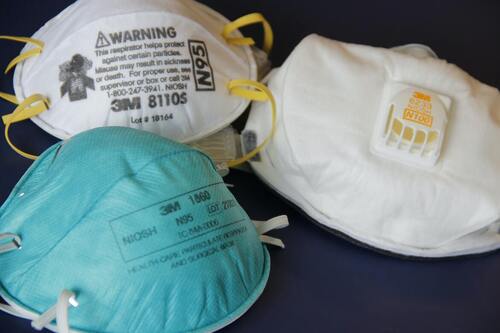News: Researchers of Amity University develop the N95 mask using 3D printing technology.
Mask protocols and SOPs are back again due to the recent surge in COVID cases. Mask compulsion is again necessary. Technology experts have developed the N95 mask. They used 3D printing technology to make the final product.
The mask has four layers. The outermost is made of silicon. It has a shell life of up to five years, depending on the usage. The mask can be washed, reused, and recycled. It is odourless, non-allergic, and anti-microbial.
In addition to COVID, it is useful to prevent all infections transferred through the nasal passage. Moreover, it can be used in factories and industries where the labor work with dangerous chemicals and fumes.
The Four Layered Mask
The mask has a four-layer filtration mechanism. The system ensures that all micro-particles are filtered before reaching the innermost layer. The first, outer layer is coated with nanoparticles. Nanotechnology is used for filtration and water purification. Therefore, the particles ensure that all allergens are filtered before entering the inner layers.
The second layer has a (HEPA) high-efficient particulate absorbing filter. HEPAs are used to remove large particles like pollen and dust. Moreover, it can kill bacteria and mites. The third layer has a 100 micro-meter filter, and the fourth has a moisture absorbent filter.
The four filters together work efficiently to ensure no virus or allergens reach a human’s nasal passage. All layers are properly assembled using 3D printing technology.

